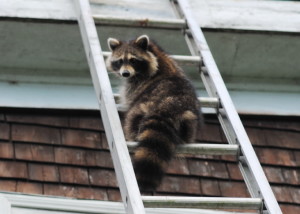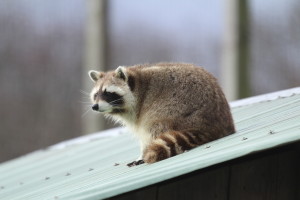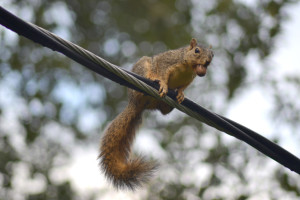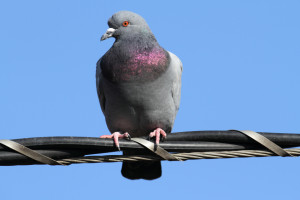 Summer is the sign of things coming back to life, and it’s the time where your home and garden are infested with these pesky birds as well. Sparrows, pigeons, crows and swallows can be a nuisance for gardeners and homeowners because of the costly damage it brings. These birds also bring diseases like West Nile Virus, Histoplasmosis, and Avian Flu. With so many Bird Control Products to Protect Your Garden From Unwanted Visitors to choose from, what type would be most efficient in repelling these birds away?
Summer is the sign of things coming back to life, and it’s the time where your home and garden are infested with these pesky birds as well. Sparrows, pigeons, crows and swallows can be a nuisance for gardeners and homeowners because of the costly damage it brings. These birds also bring diseases like West Nile Virus, Histoplasmosis, and Avian Flu. With so many Bird Control Products to Protect Your Garden From Unwanted Visitors to choose from, what type would be most efficient in repelling these birds away?
Investing in bird repellents is a great money-saving method. It minimizes the damages set by these birds on repairs and cleaning. If you’re unsure what type of bird control products would suit your needs, here is the list of bird repellents to choose from:
Physical bird repellents:
According Bird control Toronto, bird spikes and netting are some of the bird control products that belong to this category. Bird spikes are used to prevent birds from staying on your rooftop and other areas where they might cause damage or leave discharges. These are best situated along peaks and edges of rooftops, patio covers, fences and other areas where you don’t want them staying.
Bird nettles provide a barrier between the covered area and where the birds might settle. This method works well against woodpeckers and swallows.
Bird propellers make use of rotating arms to sweep these birds away from a certain area of your home. If you have fruit-bearing plants like blueberries, this equipment should keep these birds away. It’s best situated on patio covers, docks, and boats.
Sound repellents:
There are various bird control products under this category that some homeowners use. This equipment uses predatory or distress sounds that trigger an instinctive response from these birds to fly for safety. In choosing the right one, be sure to purchase bird control products that are waterproof with sonic sound units. The sounds made by these devices are bird specific, so you’ll need to determine what kind of bird you want to deal with.
Visual repellents:
These types of bird control products use visual triggers to scare them away. Flash tape is used to drive birds away from fruit trees, plants, and seeds. Flash tapes are usually places in poles where it flashes when the light hits the tape. These flashes often distort the bird’s visual perception to divert its direction.
Scare balloons also have reflective tapes on them that have similar effects as those in flash tapes. Bird control products like these are usually placed near fruit trees or seeds that most birds would feast on. These types of instruments are used to scare away woodpeckers.
Other more advanced types of bird control products include bird wires, fog repellents, and taste aversions. These types are a bit hazardous for homes with kids. Be sure to keep them away from these devices while they’re playing in the lawn or backyard.
It’s better to anticipate finding bird control products for spring and summer. Be ready to set it outside your home and place in areas where they are most prominent. Some types of products only work for certain species. If you want to be thrifty, go for items that cater to a wider group of bird species. Be sure to choose safe products and keep your kids away from these repellents.



